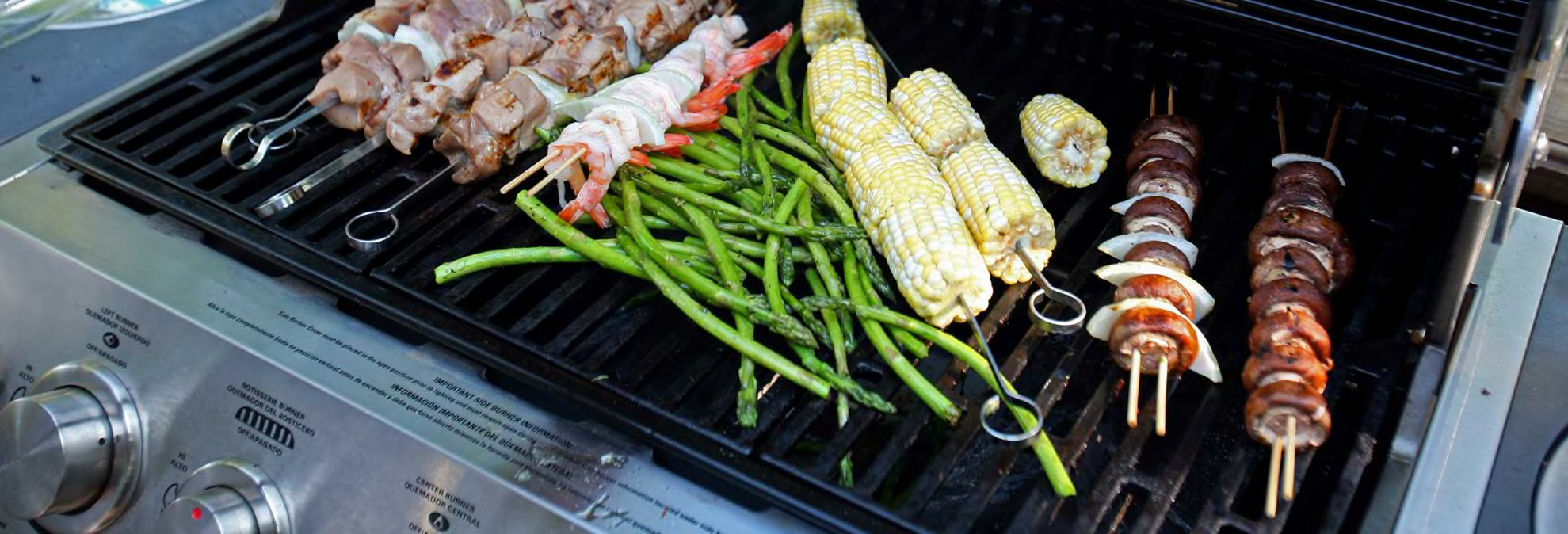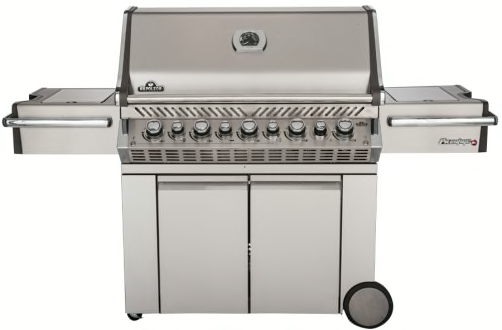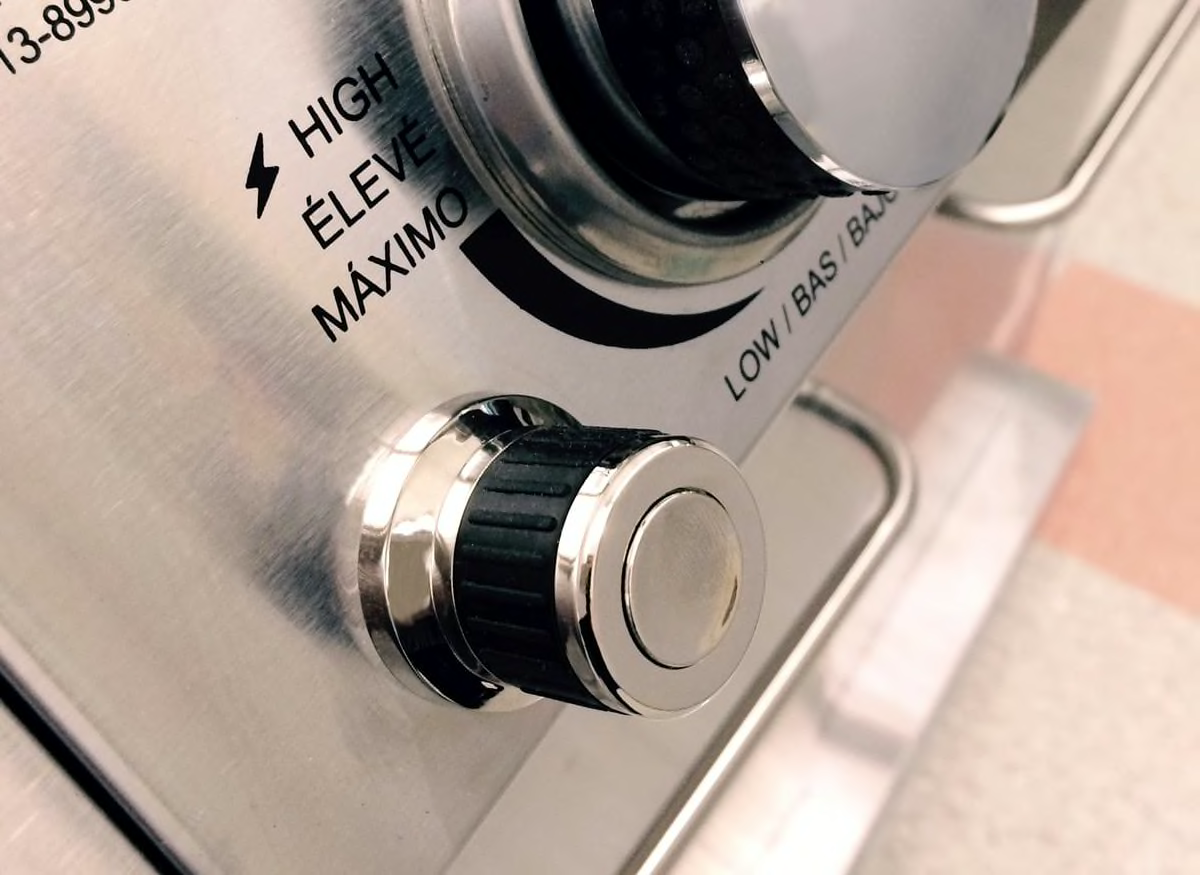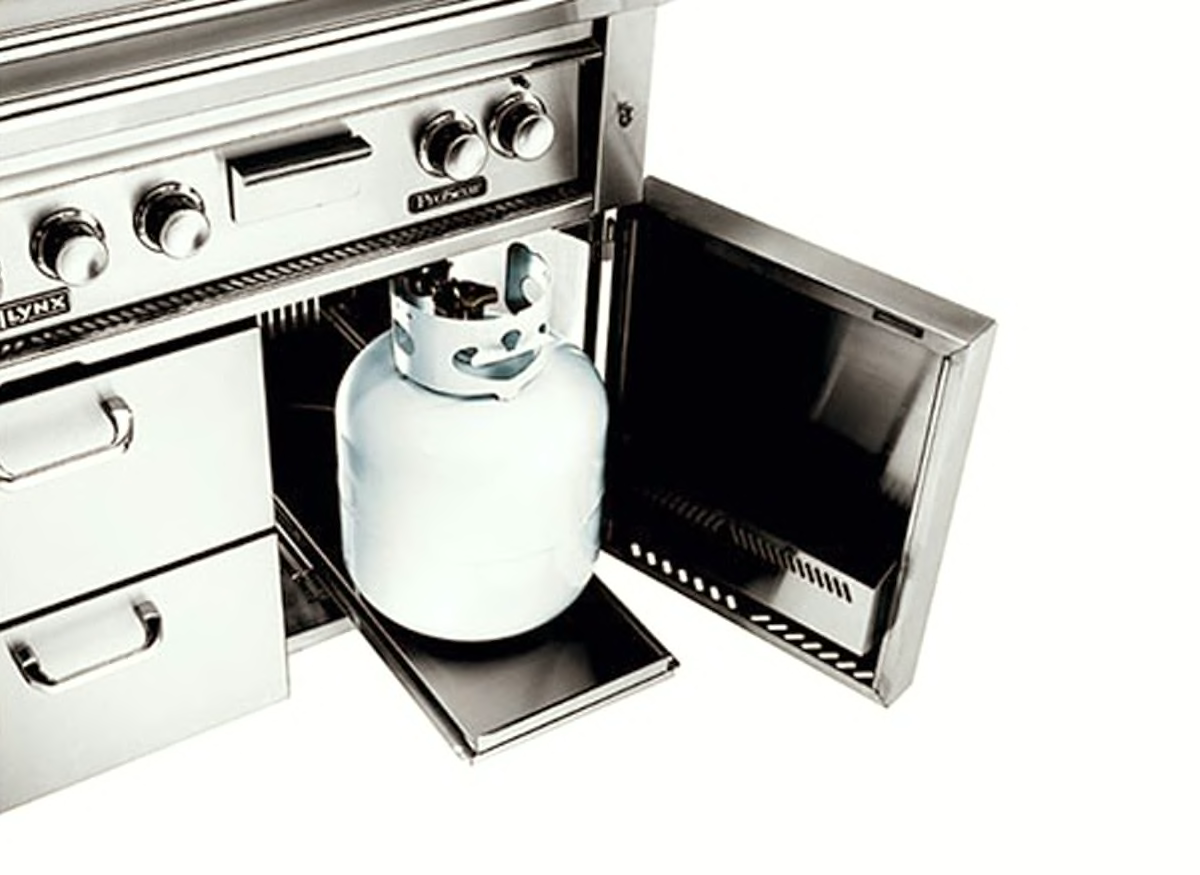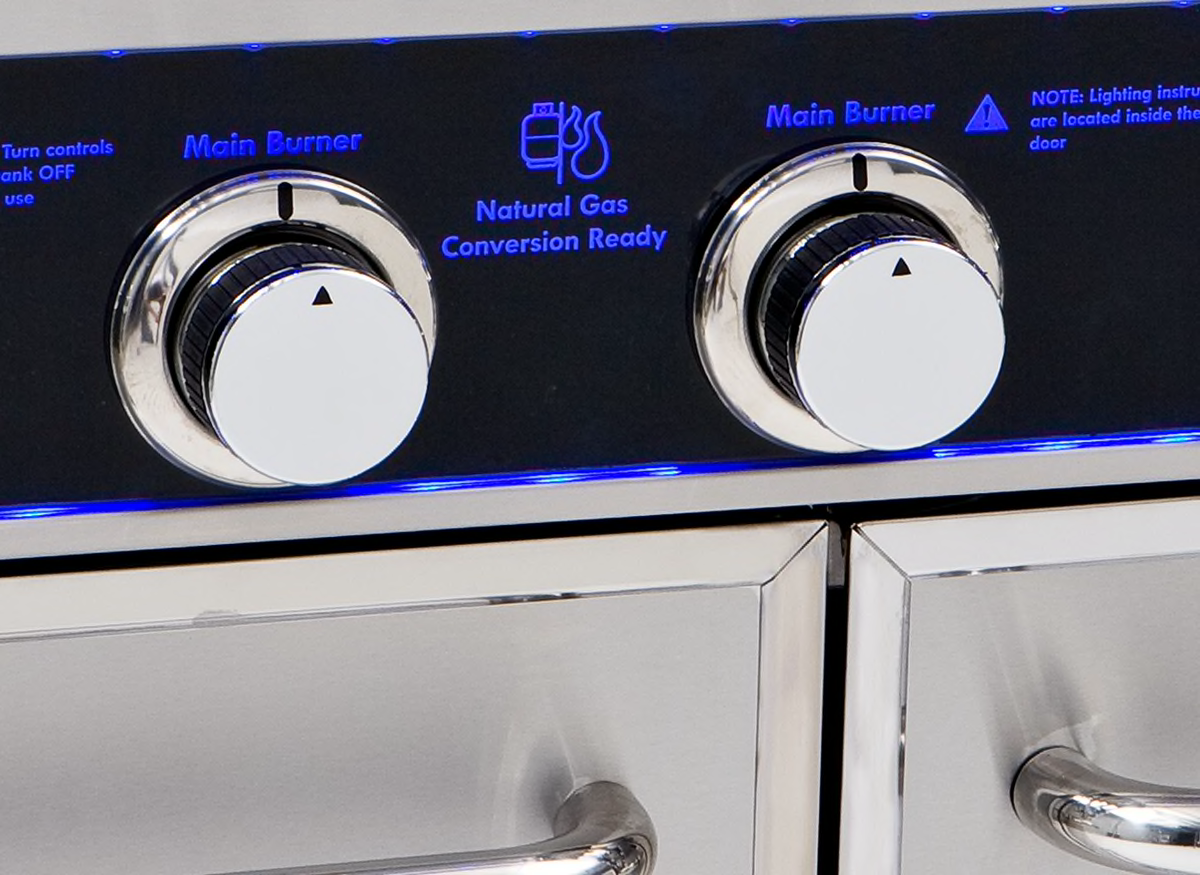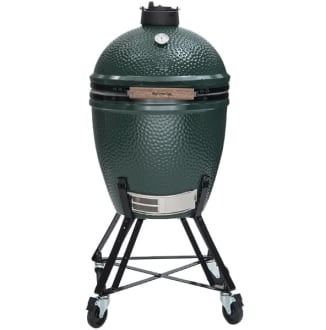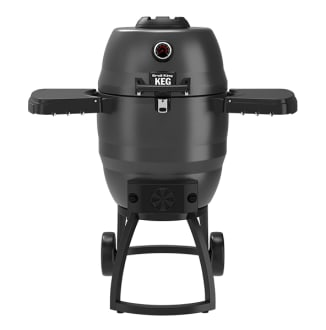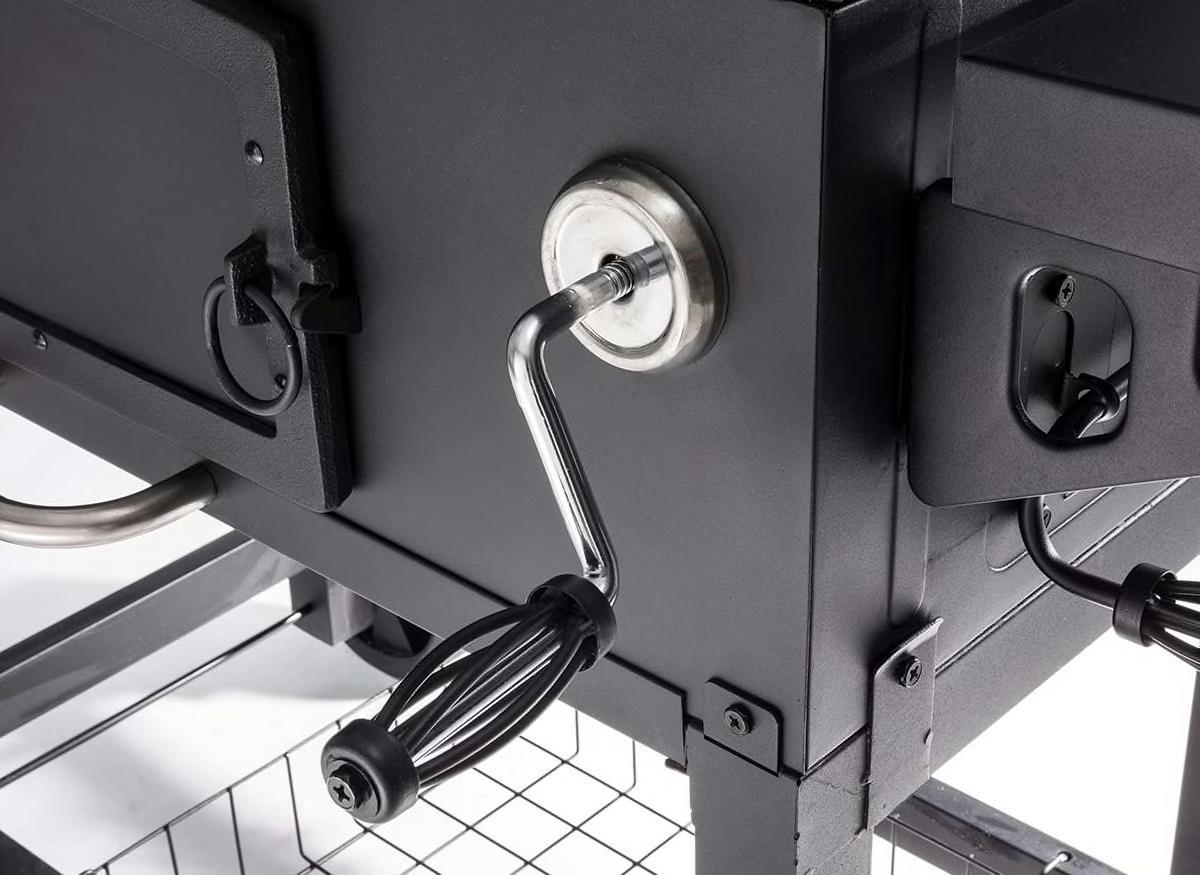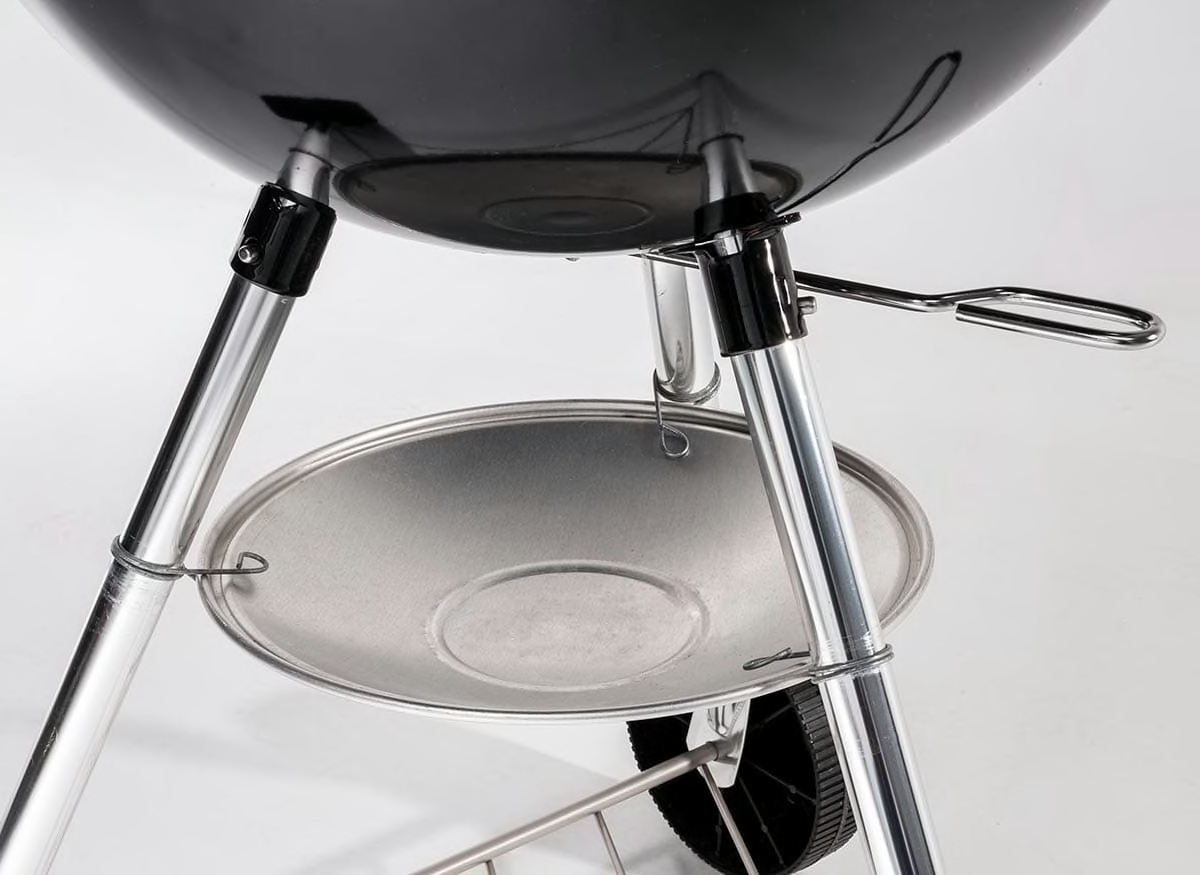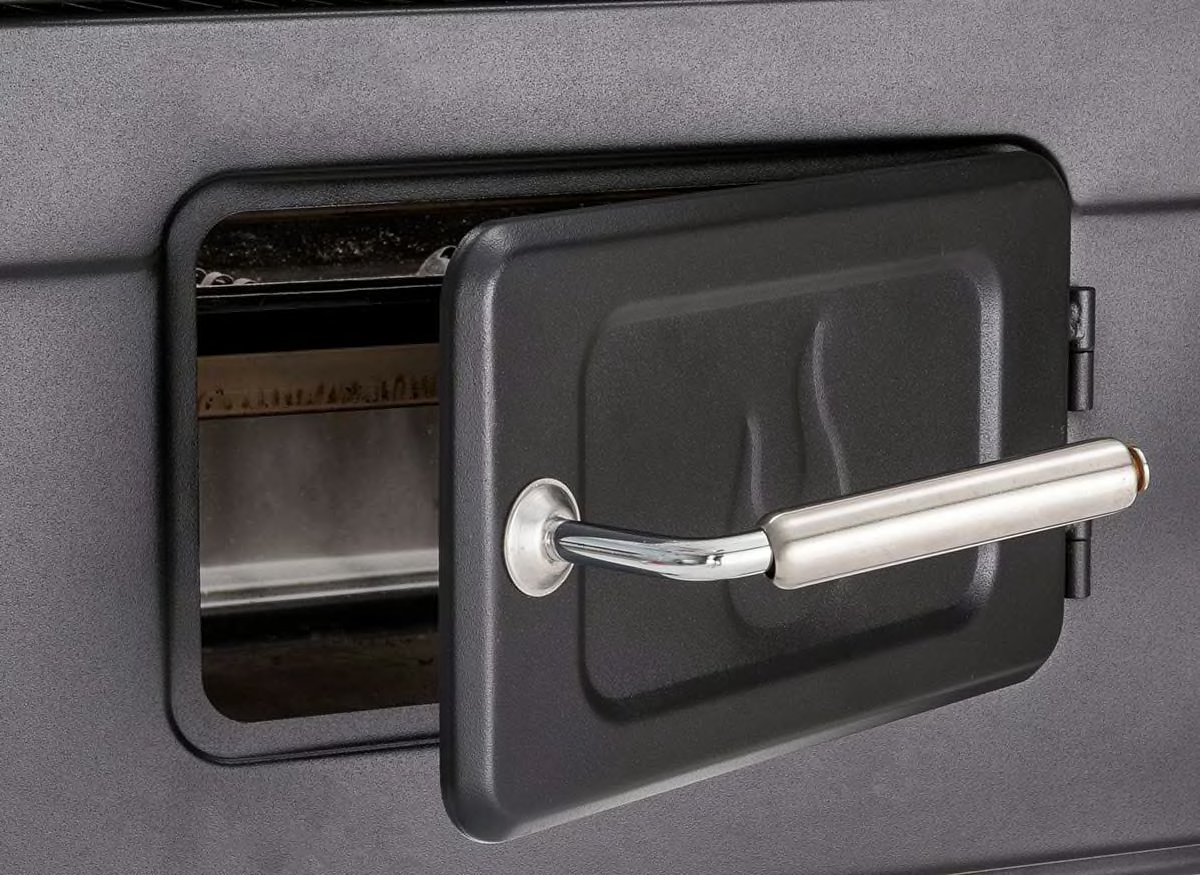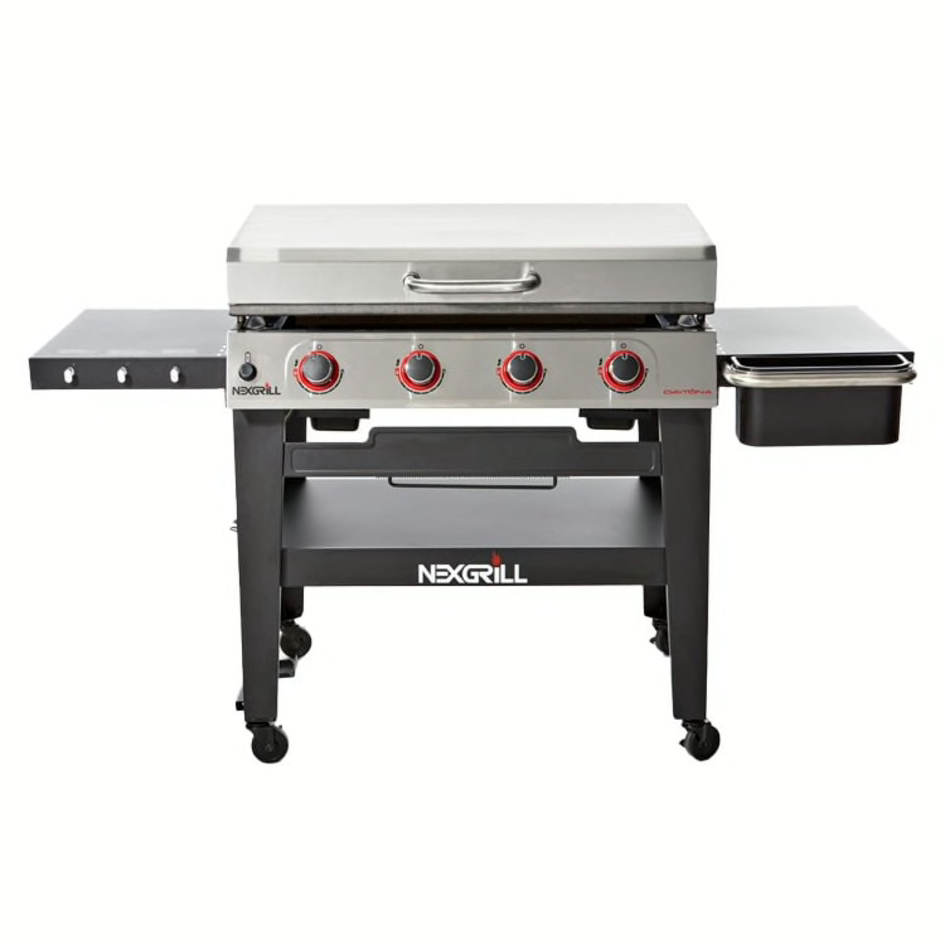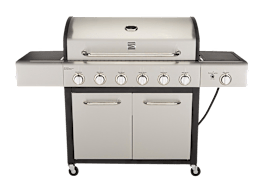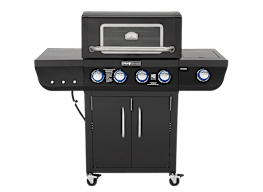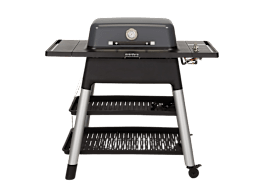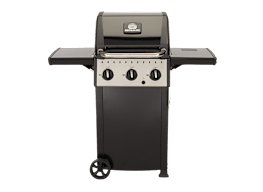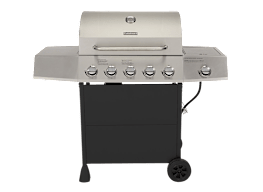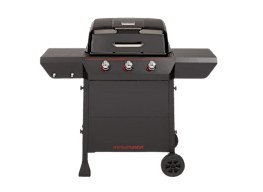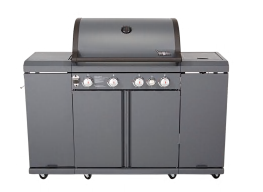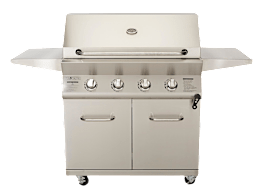Gas grills are typically more convenient than charcoal grills because you simply turn the burners on to start the grill. In this section, we’re referring to conventional open-grate grills powered by gas. (Flat-top grills are also powered by gas burners, but they fill a different need, so we’ll address them in a separate section later.) To test how well gas grills cook, CR engineers wire each model with thermocouples, thus enabling them to perform a range of precise temperature-related tests. Our lab findings, along with a range of other considerations, can help you determine which model is right for you. Think about the following when you’re shopping for a gas grill.
Heat intensity in 10 minutes: This preheating score in our comprehensive gas grill ratings is more helpful than the grill’s Btu measurement in predicting performance. (Ten minutes is the typical amount of time people wait to start cooking, according to our data.) The higher the preheating score, the faster a particular model will heat up and sear your steak.
Ability to grill evenly: A high score in evenness performance means a big batch of burgers could finish at the same time.
Ability to maintain moderate heat: If ribs or roasts are consistently on the menu, look for a grill that receives a high indirect-cooking score. Indirect cooking is a great way to slow cook large or tough cuts—simply place the meat next to the fire, not over it, with the lid closed to retain heat.
Temperature range: Just about any gas grill will do for cooking burgers and hot dogs, but if you also enjoy serving up a more varied menu, opt for a grill with a great temperature-range score. The higher the score, the more versatile the grill—delivering high heat for steaks with sear marks, for instance, and low heat for slow-cooked ribs. And while grills with infrared burners advertise intense heating capabilities, our testers report that a model’s temperature-range score is a better predictor of how well a grill will sear steaks or chops in your yard.
Construction quality: To find a durable grill, zero in on models with a high sturdiness score in our ratings. These grills ace a test in which we use a tool called a linear actuator, which measures the degree to which a grill’s metal frame flexes or bows under the stress of being pushed and pulled across a deck over time. Stainless steel carts with seamless construction and welded joints are usually sturdier than painted steel carts assembled with nuts and bolts. And wheels with a full axle are better than those bolted individually to the frame because the axle provides additional support to prevent flexing. Most grill warranties don’t offer much coverage for a bent cart or frame beyond the first year. But the better warranties often cover individual parts, like burners (see below), igniters, grates, and the firebox for up to 10 years.
Burner warranty: It takes only 10 minutes to replace a burner, but why not avoid it if you can? Burners are the most replaced part in gas grills—lasting anywhere between two years and 10. Choose grills with burner warranties on the high end, and avoid those with no warranty altogether.
Safety: Jostle the assembled grill from several points to assess its stability and likelihood of tipping over. Check the cart, wheels, lid, and firebox to see if anything feels flimsy or if the grill seems like it could be easily bent. Avoid grills with sharp metal corners and edges. Make sure that when you grab the lid handles, your knuckles or fingers aren’t too close to the lid itself, which will be hot. And though some flame flare is normal, the greater the distance between the grates and the burners or flavorizer bars, the fewer the flare-ups.
















